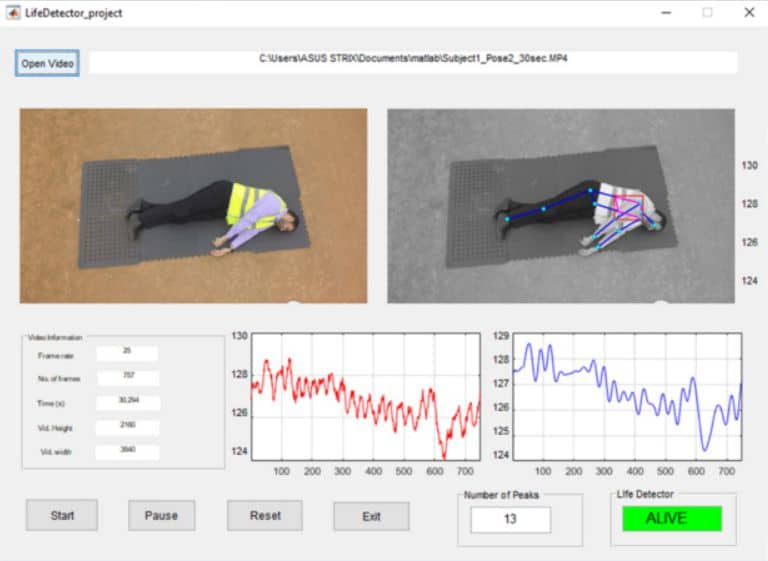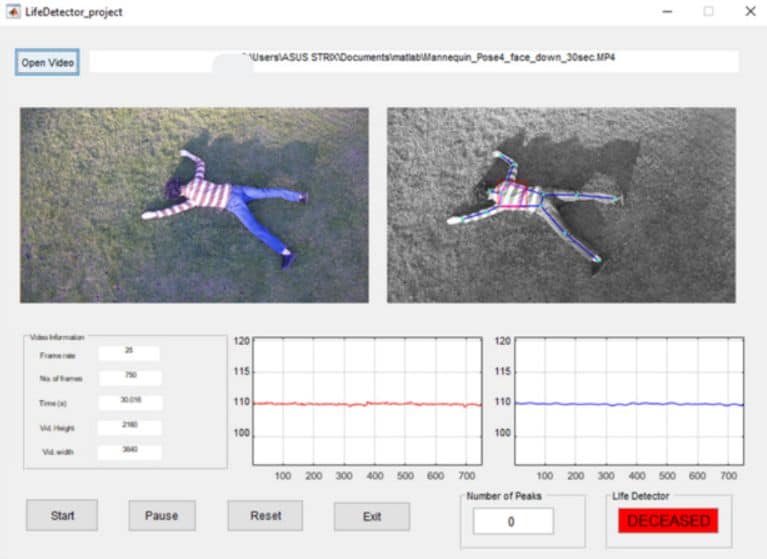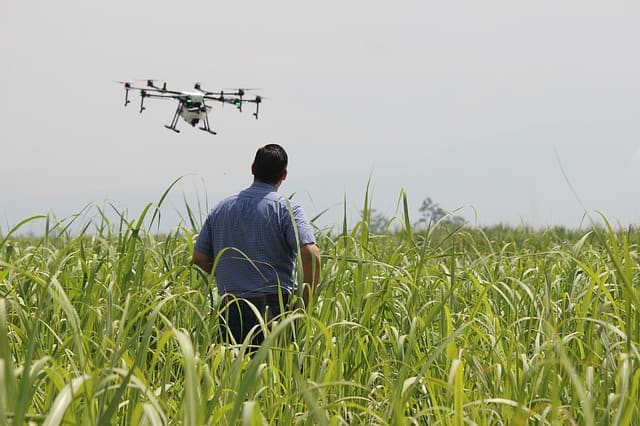Engineers from Australia and Iraq taught an ordinary drone with a camera to distinguish between living people and dead people. The system analyzes the frames from the camera, determines the area with the chest on them and recognizes movements caused by breathing by periodic changes in brightness.
The main benefit of drones is the ability to inspect terrain or buildings from great heights. Usually this is used for photo or video shooting, but drones have another serious use – the search for missing people.
When developing drones for rescue operations, engineers face two technical difficulties. The first of them is the difficulty of detecting a person when shooting from high altitude. The second problem is related to the first and lies in the fact that even if a person’s silhouette is visible on the frames, in some cases, for example, during natural disasters with a large number of victims, rescuers need to be able to separate living people from the dead in order to concentrate on those who can still help. Usually, an infrared camera is installed on the drone as a solution to both problems, but, for example, in hot countries, the contrast between body temperature and the environment can be small.
A group of engineers from Iraq and Australia, led by Javaan Chahl from the University of South Australia, used in their development another principle – breathing recognition from data from an action camera mounted via a gimbal on a quadcopter. The main innovation in the work is not the hardware, but the algorithm for recognizing breathing.

Ali Al-Naji et al. / Remote Sensing, 2019

Ali Al-Naji et al. / Remote Sensing, 2019
The algorithm receives frames from the camera and extracts the luminance component from them. Then, the prepared frame is processed by the OpenPose algorithm, which recognizes the person in the frame and marks on it key points corresponding to certain parts of the body. Based on these data, the algorithm determines the area of images in which the human chest is located. After that, the program analyzes the brightness of this area on a set of frames from the video and recognizes its periodic changes if there is a living and breathing person on the video.
In its current form, the system does not work in real time, and the data recorded by the camera on the drone is analyzed on the computer after landing. The developers conducted an experiment during which they removed one mannequin and eight people lying in four different poses from the drone. The algorithm was able to correctly classify whether a person is alive in the frame, in all cases.
The largest drone manufacturer DJI maintains statistics on lives saved with drones. In mid-2018, the company published its second report and stated that over a year drones saved 65 people, and as of October 2019, the company estimates the total number for all years at 279 people.
